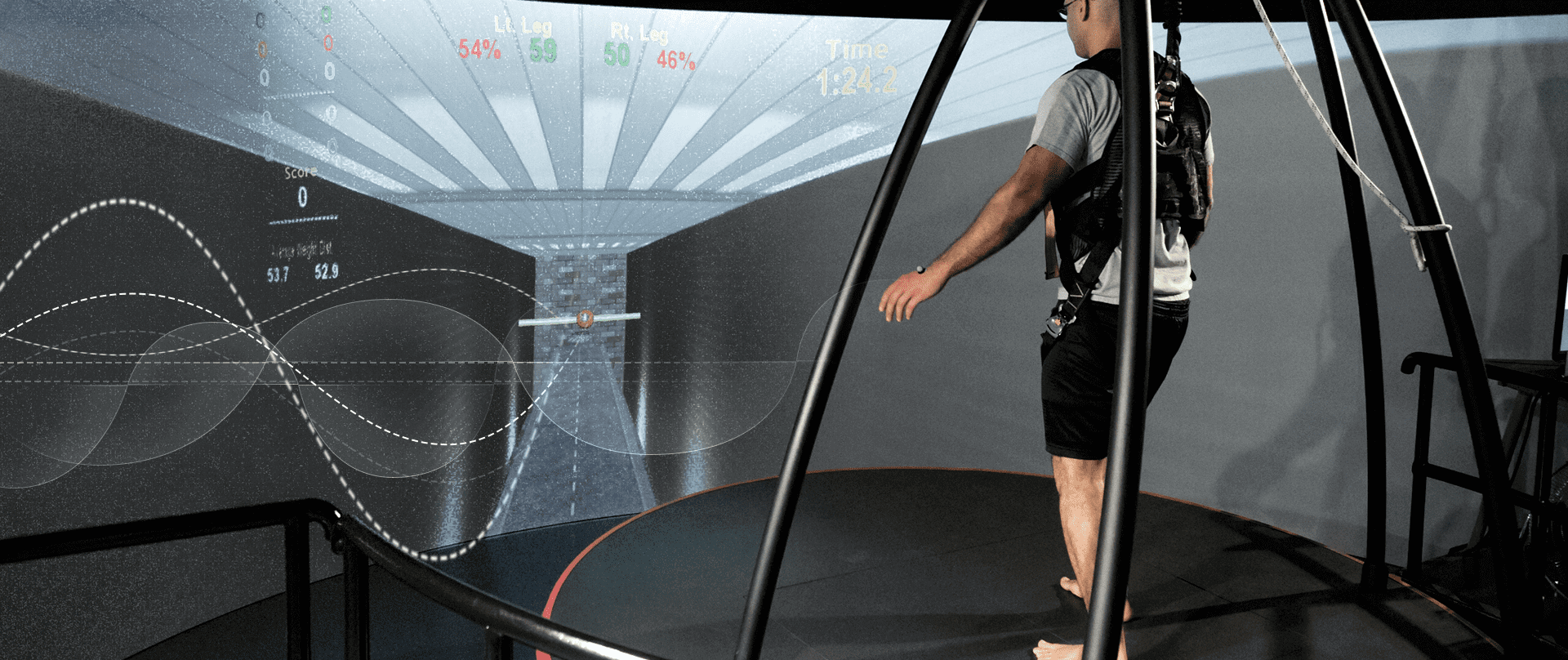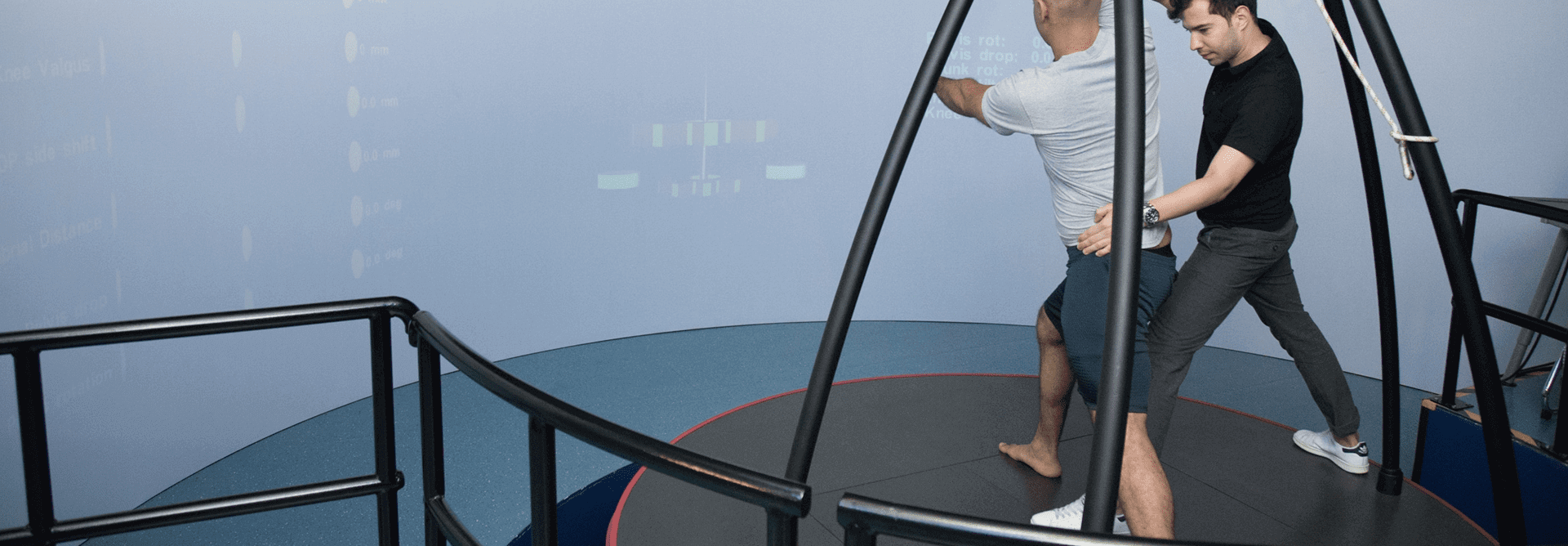Runners Corner
Our dynamic evaluation begins with the question, “What is the underlying cause?” Not all situations are perfectly clear right way so we need to handle loading cycles before their joints experience overload. All of these abnormalities are caught during evaluation of the patients’ movements such as off sets or dorsiflexion.
There are many different aspects towards the end, or even if it might only hurt after the run when the body is in a relaxed state and how long does this pain last. For example, if the pain subsides after a few minutes after running then we know it is most likely located in the MTJ.
The reasons for pain may be as simple as the runner not having enough experience in technique, the training volume and habits may be harmful, they may be to get optimal results from treatment.
Poor running mechanics reduces the systems’ ability to the best of their abilities.
Apart from the adjustments toms. For the ideal aid of people suffering from runners’ pain we have a long experience in the use of ESWT (Extracorporeal Shockwave Therapy) for the care of the foot, ankle, hip, knee, and leg. Our duty and intention lies in determining the error, aiding with treatment, and understanding our patients’ needs.
At our runners clinic we utilize the most advanced and latest technologies available. At our state of the art Gait Lab we combine analysis of biomechanics in runners and running injuries. In addition to movement dysfunction. Therefore, by using multiple approaches we provide our patients with the most successful treatment and prevention of future injuries.








































